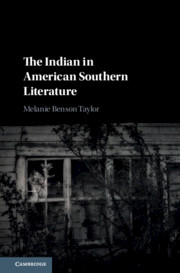Chapter 3 - The Dark Eye
Barry Hannah’s Terminal Indians
Published online by Cambridge University Press: 30 June 2020
Summary
Hannah earned extravagant praise from both fellow writers and critics, who were collectively bedazzled by his prolific and profound universe and his inimitable prose - at once brilliant and bizarre, gorgeous and grotesque. Even Hannah’s greatest fans admit to occasional “disgust” - he never shied away from violence, and its recipients were often women or racial others. It is into this desperate, violent world that Hannah compulsively deposits his Indians as not just inept but decidedly corrupt guides to a redemption that will not come. A pioneer of so-called “Grit Lit,” Hannah’s work rejects romanticism and nostalgia - conceits that typify and bedevil Indigenous and southern cultures simultaneously. There, the Indigenous motif poses not just as guide but at times as lingering fetish, drawing its subjects toward a narrative of fulfillment, albeit one based on hurt and horror rather than transcendence. For his primarily white southern male characters, the lessons of Indigenous conquest become a contemporary parable for the self-defeating desires, vacancies, betrayals, and violence of both southern history and modernity’s insidious bequests.
- Type
- Chapter
- Information
- The Indian in American Southern Literature , pp. 168 - 220Publisher: Cambridge University PressPrint publication year: 2020

